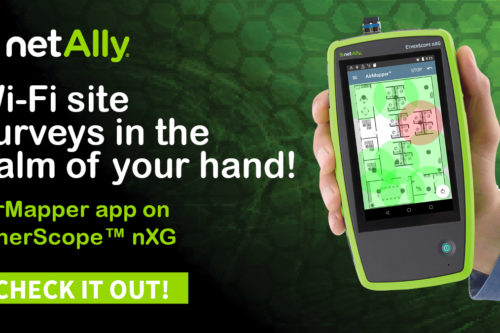Do you remember when you had to use a USB modem for connectivity on the go? I do. I would use them primarily when bringing new sites online as their networks were not up and running yet. But this had one major drawback, cellular service is most buildings was bad and even worse inside a data center given the fact that they don’t have windows. That’s where cradlepoint came into play, they developed a solution to bridge the USB modem to a wireless network. I used to have a cradlepoint CTR350 that I would plug my Sprint EVDO modem into. This worked great, it was a small portable unit that was battery powered allowing me to place it in a window near where I was working and provide connectivity via wireless to my laptop as well as other devices. I’m sure a lot of you also used these devices prior to the cellular providers creating their own MiFi devices. Once MiFi devices became the norm my cradlepoint started to collect dust as it wasn’t needed anymore. So what does a company do when faced with that predicament?
They adapt and change their product solution. All the way up to their WFD8 presentation I still saw cradlepoint as this little broadband bridge device. I never really thought of it as much more than that. But really cradlepoint now is an enterprise ready redundant or even primary backhaul router using WAN technologies. With the speeds that LTE can reach in many markets it’s a very plausible solution to use. When you couple it with data pooling it becomes affordable for many organizations that need multiple branch routers. When a new site needs to be turned up how many of you have been quoted weeks if not months for a circuit turn up? The telco has to “trace” the wire and find where the circuit is terminated, blah blah blah. We’ve all heard it before. Now an organization could simply grab a cradlepoint AER router and a SIM card and be online in minute to hours. Couple this flexibility with integration with Zscalar and you have a very powerful remote or backup solution.
What about IoT or connectivity on the go? Many trains, buses, etc, are working towards keeping people connected during their commutes to provide efficiencies for companies as urban sprawl continues. Organizations could easily deploy cradlepoint’s COR IBR solution which is a ruggedized 3G/4G/LTE solution that operates off of 12v DC power. These devices could easily be deployed to provide backhaul connectivity to IoT sensor devices in oil fields for example.
Sounds great doesn’t it? But I’m sure you are sitting there thinking to yourself now I have all these routers out there that need to be managed, cradlepoint has you covered there as well. Their Enterprise Cloud Manager solution provides an easy to use interface to monitor and manage all your deployed devices. They even have a pretty slick VPN interface for easily configuring and maintaining secure connectivity between your sites.
I think this is a great example of a tech company that had a great product and carefully evolved it into something different but yet familiar.
Disclosure of Material Connection: I received one or more of the products or services mentioned above for free in the hope that I would mention it on my blog. Regardless, I only recommend products or services I use personally and believe will be good for my readers. I am disclosing this in accordance with the Federal Trade Commission’s 16 CFR, Part 255: “Guides Concerning the Use of Endorsements and Testimonials in Advertising.”



